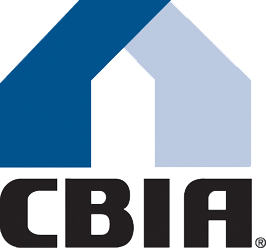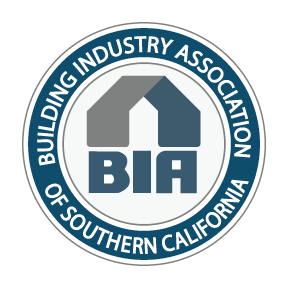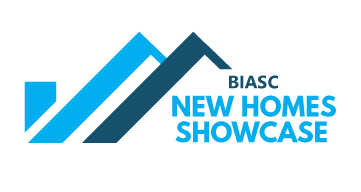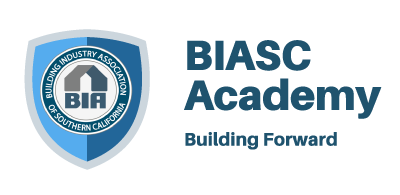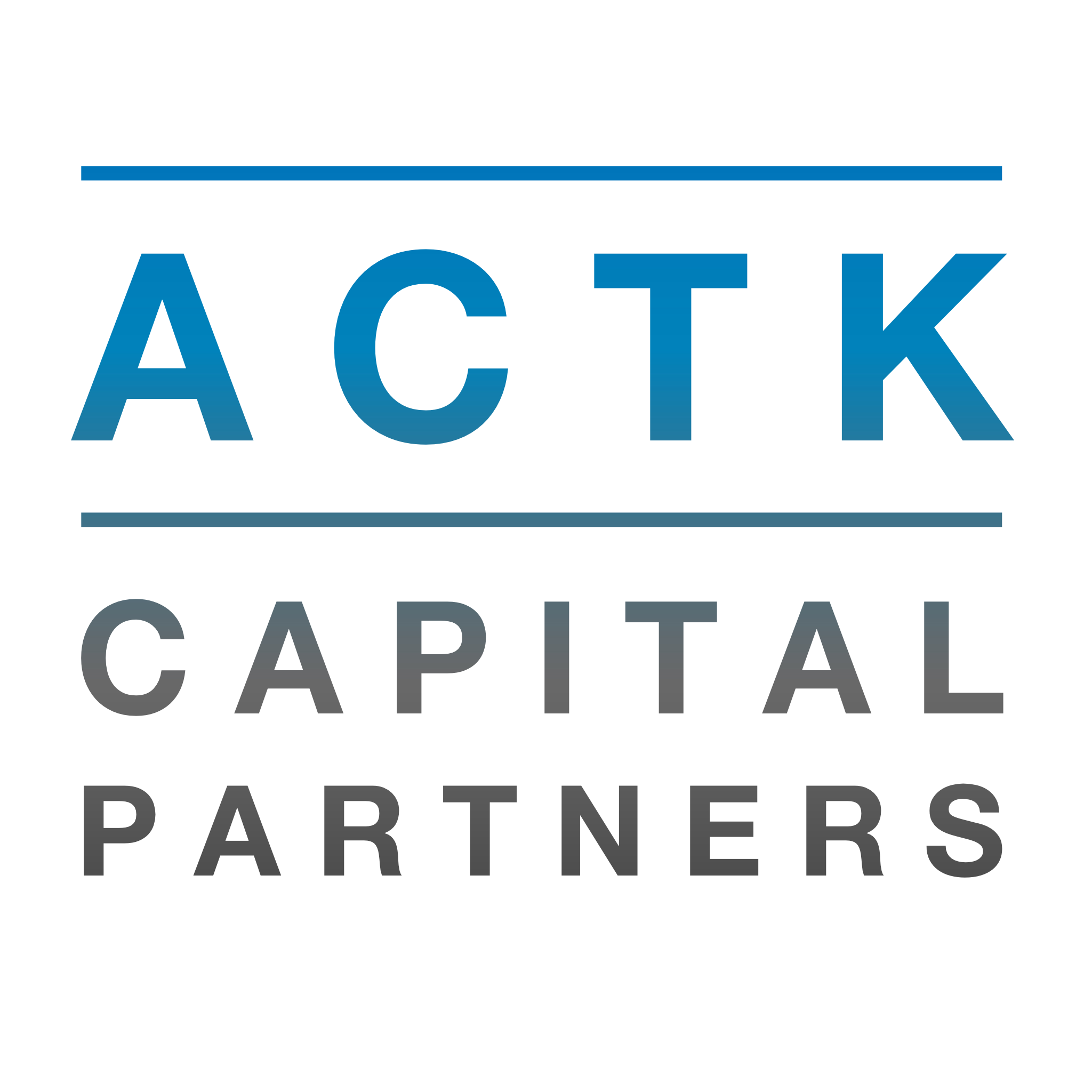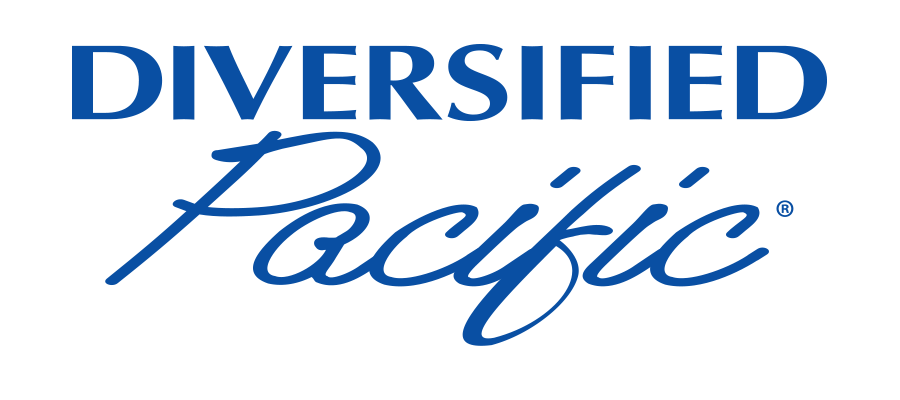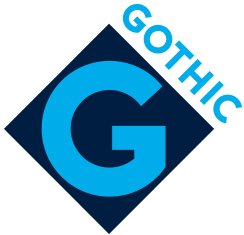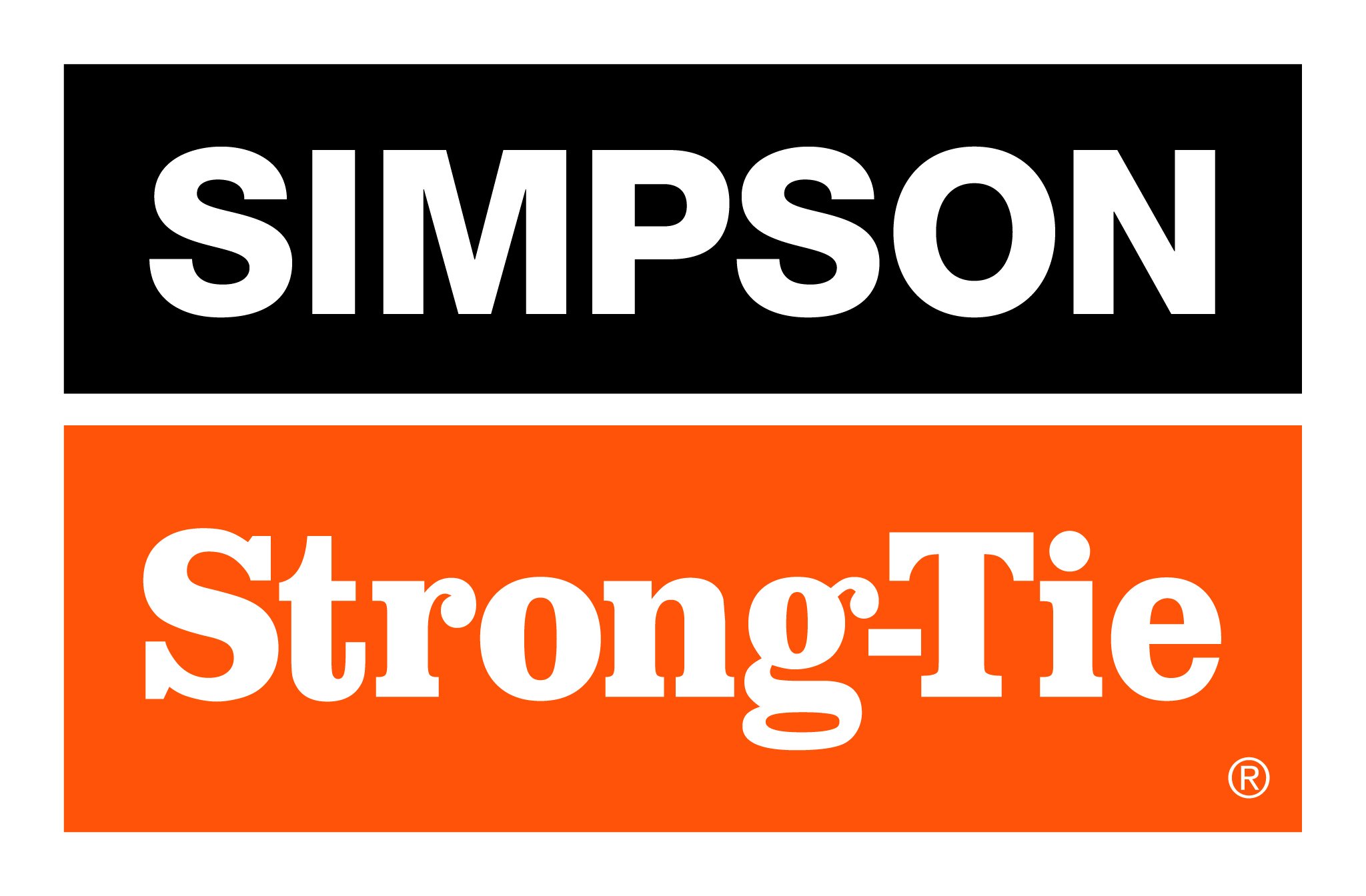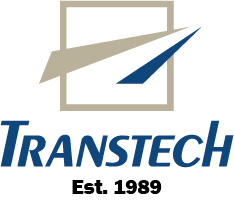ByAli Sahabi of Optimum Group, LLC
President, Building Industry Association (BIA) Baldy View Chapter
Today, the vast majority of economic powerhouses such as Fender Musical Instruments, Ford Motors, Disney and Hewlett-Packard are among hundreds of others that all share the same legacy of humble beginnings as home-based businesses. More importantly, besides the American home’s importance as an incubator for economic growth and jobs, today home-based businesses and home offices offer the additional benefit of helping clean our air and reduce our carbon footprints.
Those are among the many reasons that today the United States government adds to the considerable tax benefits of homeownership with additional tax breaks to encourage and assist homeowners who will be working or operating businesses from their home. So as tax season approaches, whether you are starting up a home-based business or telecommuting from your job, start by visiting the United States Department of the Treasury Internal Revenue Service at www.irs.gov and ordering the most recent version of Publication 587 - Business Use of Your Home (Including Use by Daycare Providers). Even before you start considering how you will lay out your workspace, this publication will enable you to determine what costs can be deducted from a homeowner’s taxes and provide an informative guide to what you need to know and what criteria must be met if you will be claiming deductions on your income tax.
One of the reasons this publication will be just as important to the homeowner as it will be to the homeowner’s tax preparer is that it can help them determine the layout of the workspace or office and what percentage of the overall square footage of the home it will occupy. That percentage of the home’s overall expenses such as mortgage interest, real estate taxes, homeowners' insurance, utilities and maintenance - as well as an allowance for depreciation – may be deductible. The space doesn't have to be the principle place of business or a place to meet with customers, but must be dedicated to operating the business.
Today’s tax rules provide special exceptions for daycare providers and for storage of inventory. In these instances, you must dedicate your space to work rather than use a space that also has a lot of non-work related uses.
In the event that you qualify for a home office deduction, certain improvements to your workspace may also be part of your home office deduction such as painting the room used as your office. Publication 587 also provides information on:
* where a self-employed person, employee, or partner will report the deductions,
* selling a home that was used partly for business,
* deducting expenses for furniture and equipment used in the operation of the business, and
* inform you as to the records you should keep.
It is important to set up your home office to reduce distractions that might interfere with your work or your ability to deduct business expenses later. Make sure when laying out your workspace or office that you allot adequate storage space or if you will require separate workstations for different tasks or projects.
Remember, to get the best tax advantage from your home office or workspace, be sure to itemize your taxes and consult with a professional. If you are filing yourself, take the time to at least consult with a professional before you file – it could save you lots of money and even some headaches.
It is because today’s home is for most Americans the biggest and best investment they will ever make that the American government has always encouraged homeownership by providing homeowners tax benefits. Along with homeownership and a business, a home office is a major investment in your financial future – so approach every detail in the same manner you would any investment or business. For more information on remodeling homebuying or homeownership, visit www.biabuild.com on the web.



